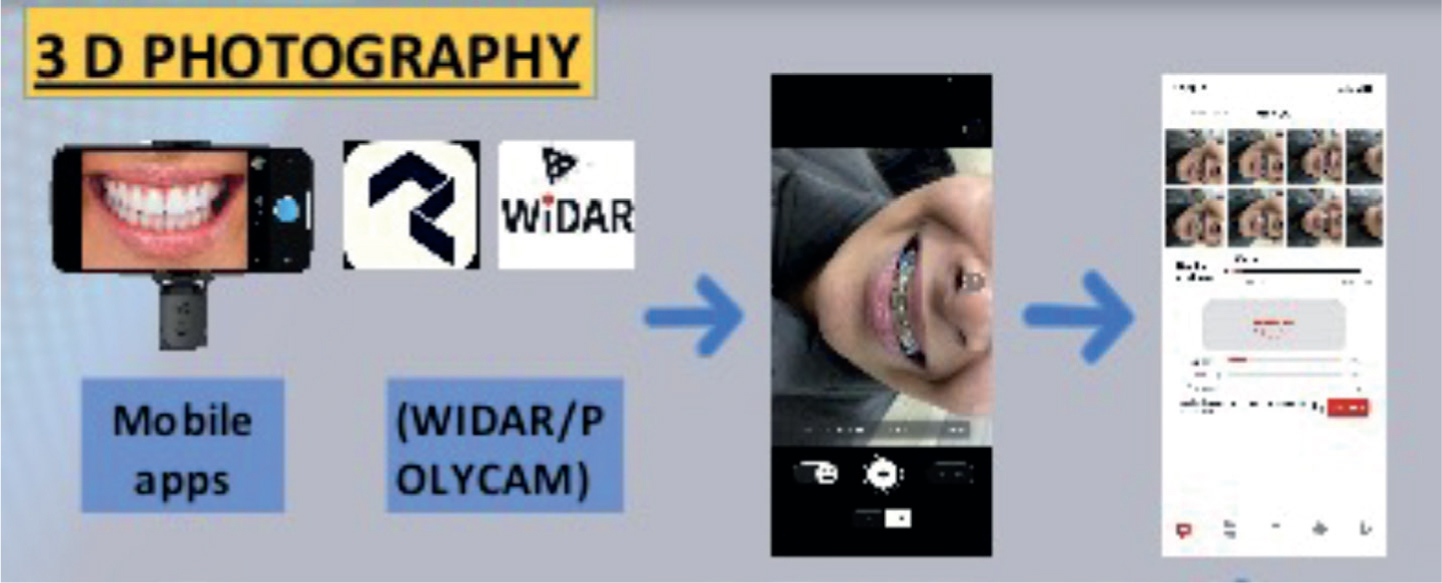Article
Diagnosis and treatment planning form the basic foundation of orthodontics. Clinical teaching aims at attaining a good diagnosis with the judicious use of intra- and extra-oral photographs, smile analysis and visual treatment objectives (VTO) undertaken for growth modulation cases. All these procedures take into account static position, as well 2D imaging of a 3-dimensional object (Figure 1). 3D digital technology is the future of dentistry. The use of 3D technology has greatly improved the accuracy of every aspect of patient management, including clinical examination, diagnosis and treatment planning. A further advantage is that 3D evaluation allows assessment of facial depth and asymmetry.

3D photogrammetry was suggested as a sophisticated procedure to create 3D models and maps. Photogrammetry has its origins during the First World War, where pilots gathered information from the combined use of photography and manned flights. The use of high-resolution cameras allows generation of similar models. The same has been applied in dentistry to create 3D models. This procedure can be expensive, but it is also technology friendly, and the evolution of mobile phones with high resolution cameras and suitable applications allows the same procedure to be used by all clinicians.1,2,3 This Technique Tip highlights the use of a freely available mobile app to create 3D models that can be helpful in creating a 3D model of a face. The app is free to access and easy to use on other plaforms, such as tablets and laptops.
Workflow for creating a 3D facial model:



Conclusion
Many features of the face, which may be missed in a 2D photograph, may be evaluated by the use of a 3D scanning app. These apps are also useful for patient education and will allow 3D photographs and VTO to become a part of routine clinical diagnosis.
